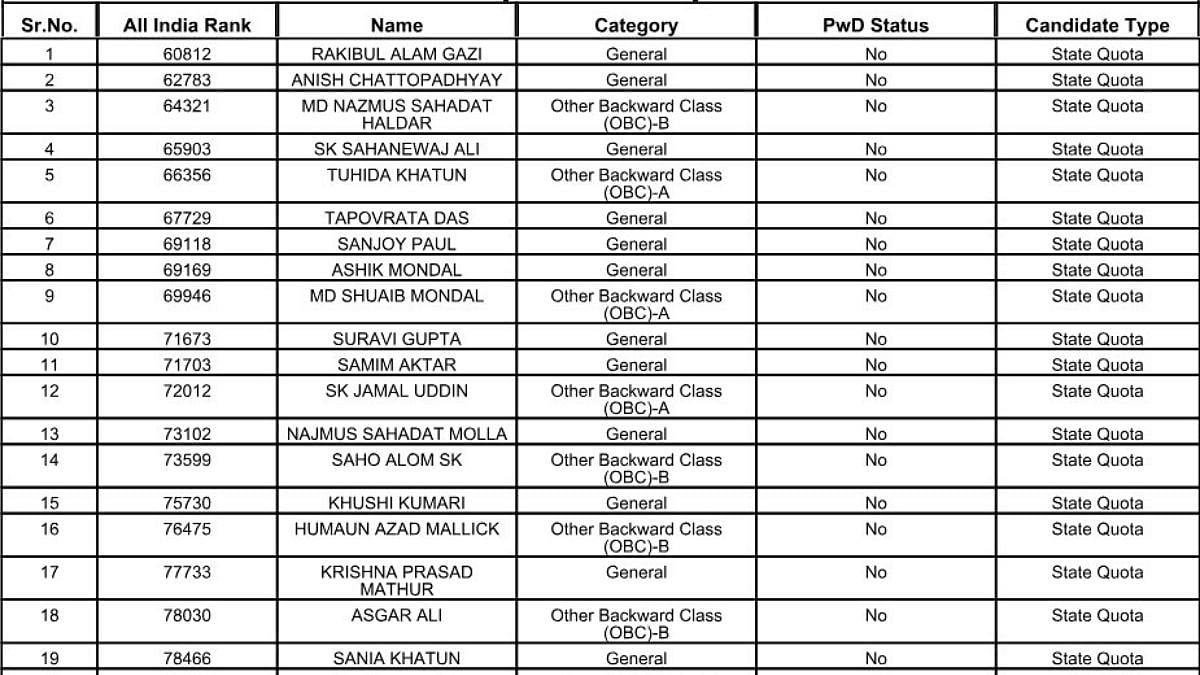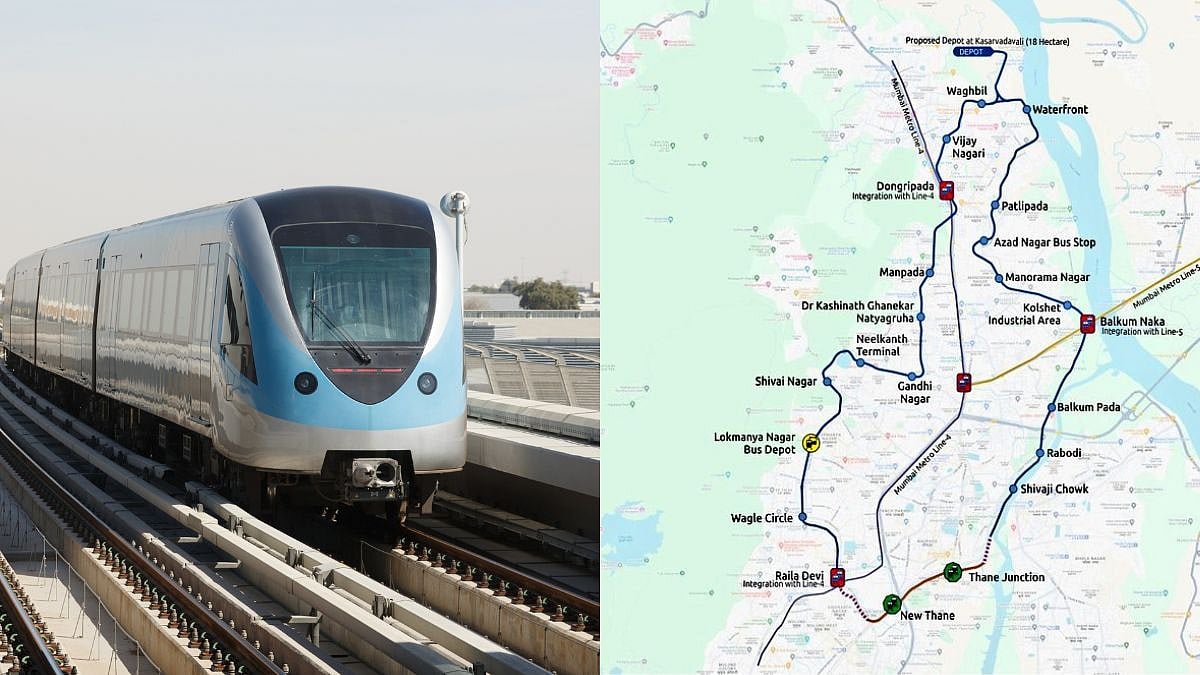Pharmaceutical companies worldwide struggle with inefficient cloud computing spending that drives up drug costs. According to a recent study by Harness, companies waste $44.5 billion annually on underutilised cloud infrastructure resources.
Nivedha Sampath, a Platform Engineer at a leading Pharmaceuticals, has successfully addressed this industry-wide problem. She optimized the organization's cloud infrastructure costs by identifying and removing redundant data in S3 buckets and implementing configuration improvements, reducing storage expenses by 40% while maintaining strict regulatory and compliance standards. These cost-saving practices are being noticed by other teams seeking to improve operational efficiency within cloud environments.
Nivedha, you accomplished a 40% reduction in cloud storage infrastructure costs at Takeda. What did you find when you first started looking into where the money was spent?
When I began reviewing our costs related to cloud usage, I first noticed that a significant portion of AWS cloud storage contained redundant or rarely accessed data, resulting in unnecessary expenses. By cleaning up these redundant objects and optimizing configurations, we were able to significantly reduce storage costs by 40%. Next, the team observed that compute machines (EC2 instances) were running at full capacity even during nights and weekends, when they weren’t being used like paying to run a factory at 100% capacity while the workers were offsite. Each dollar spent on these inefficiencies was a dollar not available for critical research. The challenge was to implement solutions that reduced both storage and compute costs while maintaining audit trails, regulatory compliance, and data controls required for highly regulated workflows. By addressing these two areas, we achieved a combined 40% reduction in cloud infrastructure costs.
In your previous roles in Accenture and IQVIA, you managed complex healthcare data systems and regulatory platforms. Can you describe a specific challenge you addressed, the solution you implemented, and how it impacted users and the organizations?
In my previous roles, teams managing healthcare data and pharmacovigilance platforms often faced delays and inefficiencies due to legacy systems, manual reporting processes, and recurring support issues. These bottlenecks slowed regulatory reporting, delayed product launches, and increased operational risk. Each critical workflow required strict compliance with data accuracy, auditability, and regulatory standards, yet the existing processes involved multiple manual steps and limited automation, creating significant overhead. I implemented data migration pipelines for millions of patient records, standardized reporting workflows, authored a comprehensive Oracle Argus Safety user guide, and provided hypercare support including on-site engagement in Japan for critical client operations to ensure smooth go-lives and regulatory compliance. These initiatives eliminated recurring delays, improved system reliability, enhanced client satisfaction, and enabled teams to focus on higher-value research and analytics while maintaining robust compliance and documentation standards.
What inspired you to develop such data platforms? Has your recent perspective as a jury member for the ‘Cases and Faces’ awards influenced your approach to implementing these solutions?
Being a jury at such an award, reviewing these technology and engineering innovations alongside my own platform work surely reinforced my belief in the importance of linking technical solutions to measurable outcomes and efficiency gains. The combination of delivering impactful cloud solutions in my current role and recognizing industry-leading innovations has allowed me to contribute to cost-effective, scalable, and compliant infrastructure practices that are now being referenced across the pharmaceutical industry.
You also showcased Takeda's platform innovations at the Databricks Data + AI Summit 2025. What was the journey from solving an internal data science problem to being recognized for your work throughout the industry?
During my participation in the Databricks Data + AI Summit 2025, I had the opportunity to engage with industry peers and explore how leading organizations implement AI and cloud solutions. This experience informed refinements to our internal infrastructure approaches in my current role, particularly in reducing costs and scaling resources efficiently for research teams. What began as solutions to internal challenges has since gained wider recognition, with our practices being referenced in industry guidance and training materials. These approaches helped improve both operational efficiency and research productivity, and I received acknowledgments for delivering impactful, timely solutions that addressed key organizational priorities.
As you think about how the pharmaceutical industry is advancing in cloud computing, what do you see changing, and what will your role look like in this change?
We need to have a systems-focused effect for understanding science, and not just technology. We are continuing to reduce costs, reduce drug development times to market, and develop new drugs and devices, while all the elements still comply with location specific regulations that protect the patient in a safe way. I focus my efforts on big-picture patterns of drug research to try to research and develop automated systems that will accommodate regulatory aspects, and reuse our solutions for departments across the organization to stop redundant drug development efforts. The pharmaceutical industry is in a unique position to navigate strict regulatory requirements, but that does not mean they need to continue to spend billions on inefficiencies in their drug development infrastructure. I hope to continue to think about proposals in order to make cloud computing more efficient for pharmaceutical research while still complying with regulatory aspects that do keep patients safe.









